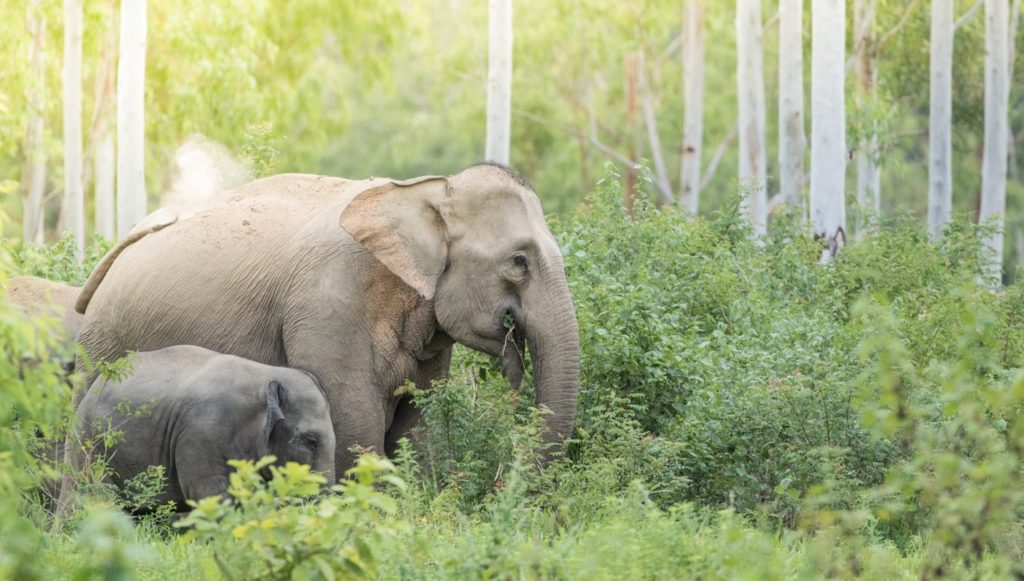How AI is helping elephants, orcas and 3 more species
Elephants used to wander freely across Asia. Today, they roam through a fraction of the land they used to. As the human population grows, Asian elephant habitat continues to shrink. In Africa, the story isn’t much brighter: In addition to dwindling habitat, the African elephant contends with an illegal ivory trade that kills more than 20,000 elephants a year. Conservationists and researchers are doing all they can. But with fewer than 500,000 elephants left worldwide, time is running out.
That’s where programs like AI for Earth come in.
AI for Earth grants are awarded to projects that change the way people and organizations monitor, model and, ultimately, manage Earth’s natural systems.
More than 300 grants have been given to projects in 60 countries. That’s good news for elephants — and other animals, too. See how researchers, conservationists and scientists are using Microsoft’s cloud and AI tools to understand diverse species and safeguard vulnerable animals.
Elephants
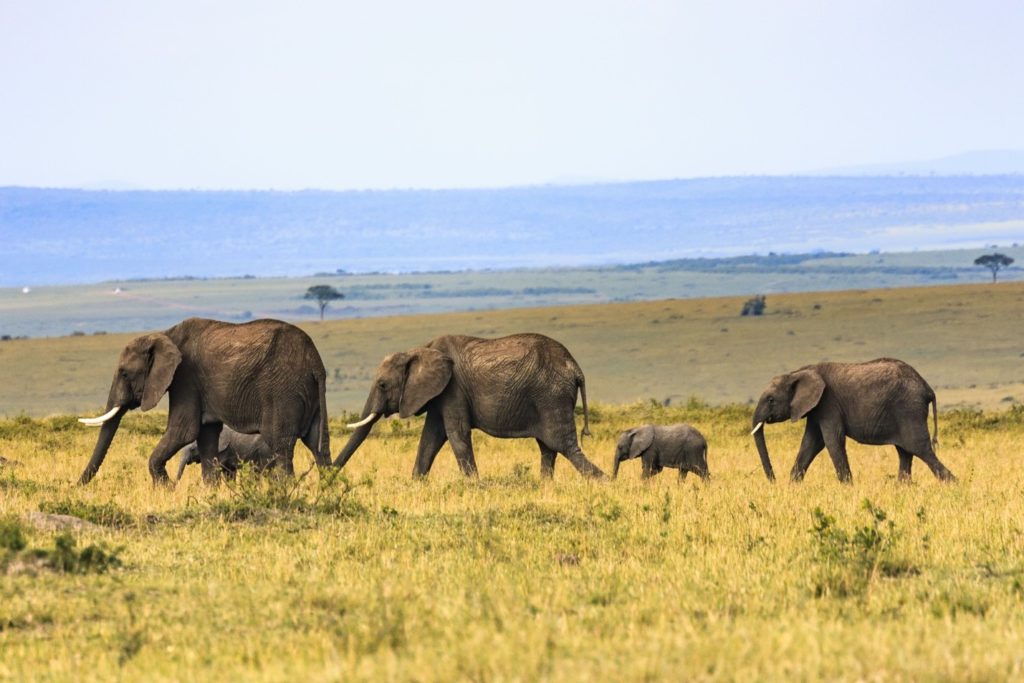
Organizations like Conservation Metrics (with the Elephant Listening Project) use AI-enabled tools to help ensure a better future for the elephants. To monitor and predict poaching threats, Conservation Metrics and the Elephant Listening Project use acoustic surveys, and Save the Elephants relies on GPS tracking collars.
[Subscribe to Microsoft on the Issues for more on the topics that matter most.]
Orcas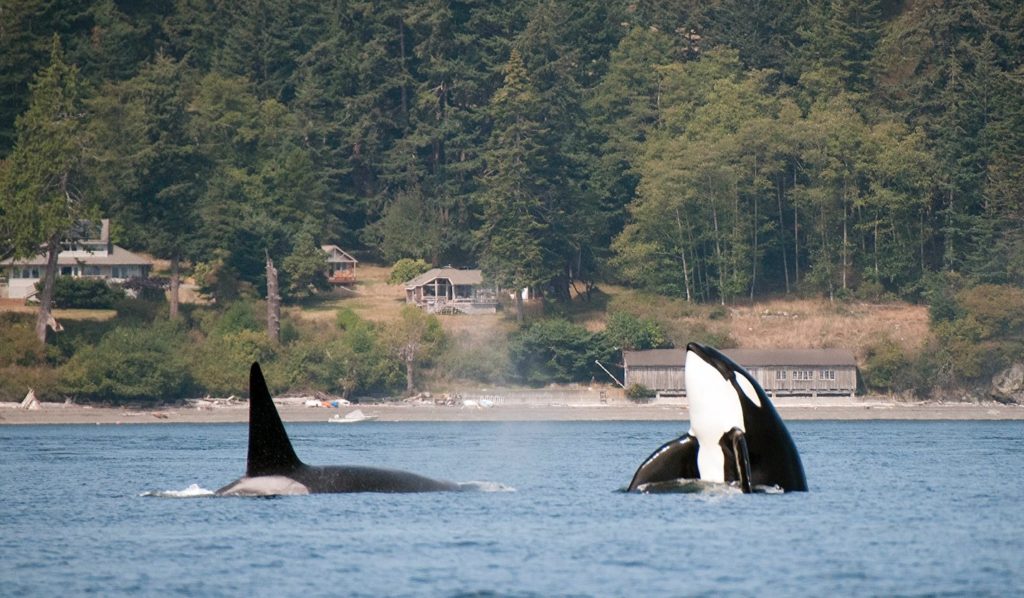
In the Salish Sea, which includes Washington’s Puget Sound, orca populations are on the decline. Working with collaborators and a grant from AI for Earth, scientists with the SeaDoc Society and the National Marine Mammal Foundation are creating a killer whale health database that centralizes data from nonprofit, government and academic research organizations. With more detailed electronic medical profiles available in the cloud, conservationists can make better recommendations for how to help the orca population recover.
Gray owl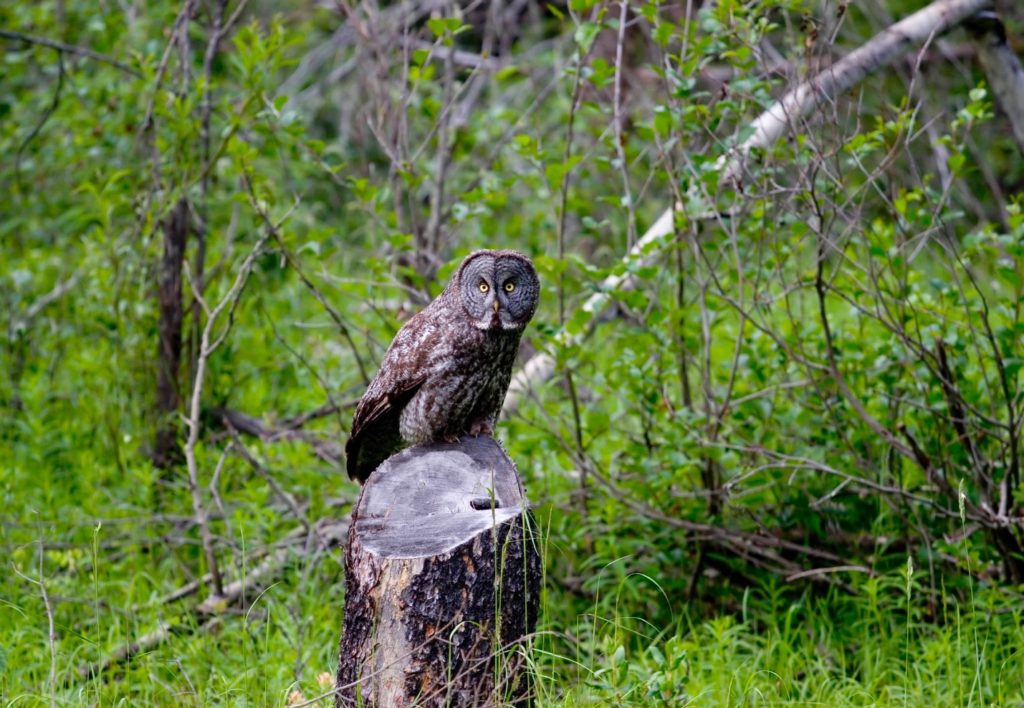
AI is helping researchers at the University of Alaska Fairbanks accelerate the discovery, monitoring and protection of biodiversity across the planet. Researchers at the university are using machine learning and the cloud to map potential great gray owl habitat. The work will help conservationists understand the owl’s range; monitor the effects of climate changes on the surrounding habitat; and improve future modeling efforts.
Snow leopard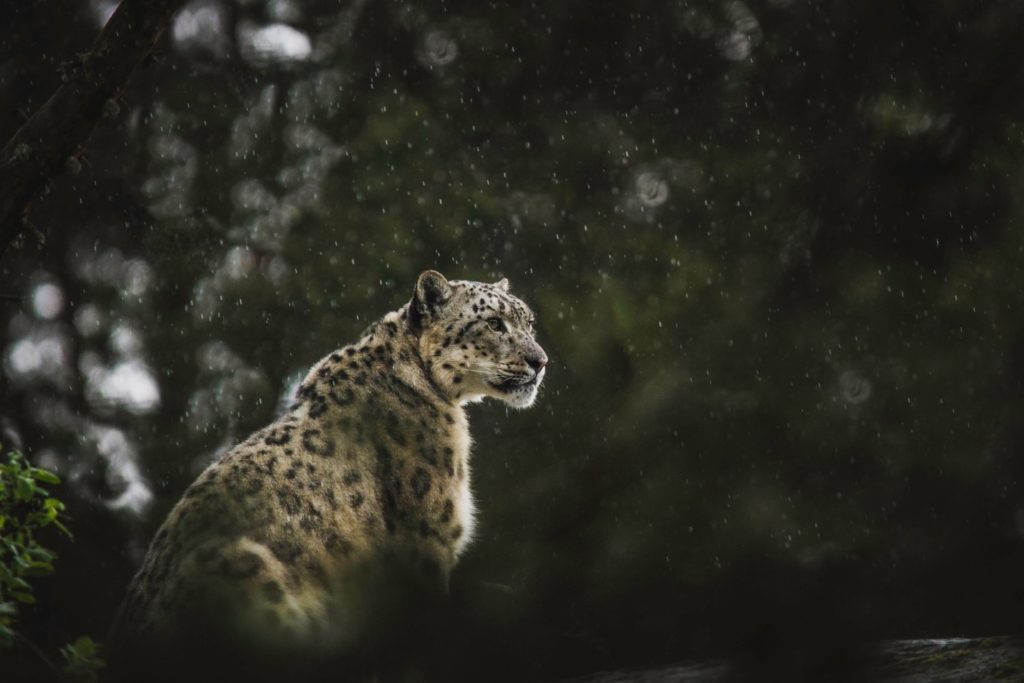 Photographer: Frida Bredesen from Unsplash.com
Photographer: Frida Bredesen from Unsplash.com
No one knows how many snow leopards live in the wild. It is estimated that there are between 4,000 and 6,000 in 12 countries, but more information is needed to accurately estimate the population. Without accurate data, scientists struggle to secure the additional funding needed for conservation efforts. The Snow Leopard Trust is on the case. With Microsoft’s help, its researchers are using AI and deep learning to identify snow leopards in camera trap photos to better estimate population sizes and pinpoint location hot spots for this elusive cat.
Chimpanzees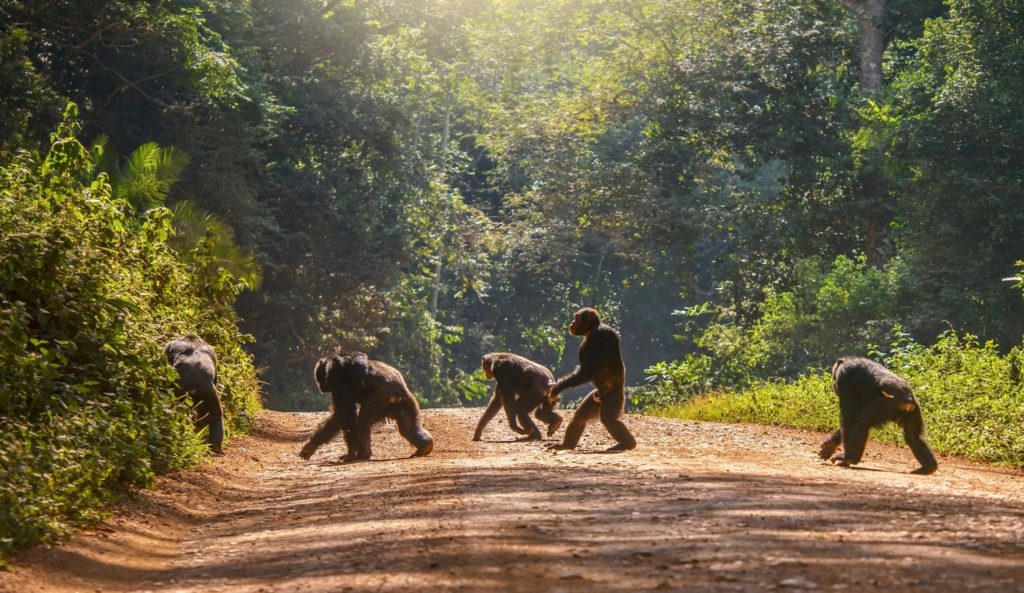
The endangered chimpanzee is under threat from habitat loss. Supported by an AI for Earth grant, engineering support, and engagement from Microsoft’s Chief Environmental Officer Lucas Joppa, the Jane Goodall Institute’s Vice President for Conservation Science, Dr. Lilian Pintea, with Dr. Patrick Jantz from Northern Arizona University are revolutionizing their conservation efforts. They can model hundreds of thousands of habitat patches at once; map areas where connectivity between these “forest highways” is at risk; and help decision–makers focus their conservation efforts, to slow declines in population.
Visit AI for Earth to learn more about initiatives like those you see here. And follow @MSFTissues on Twitter.

